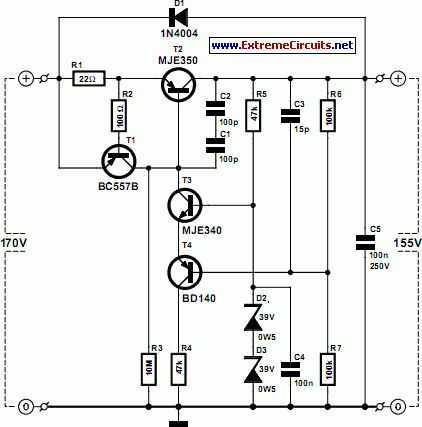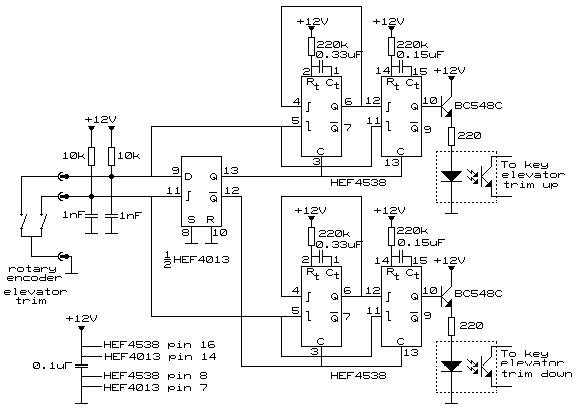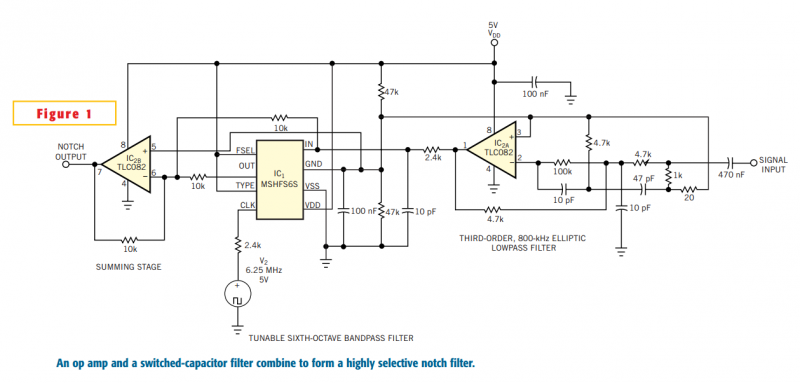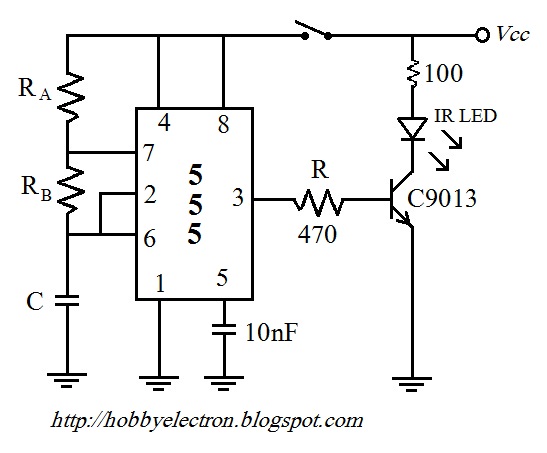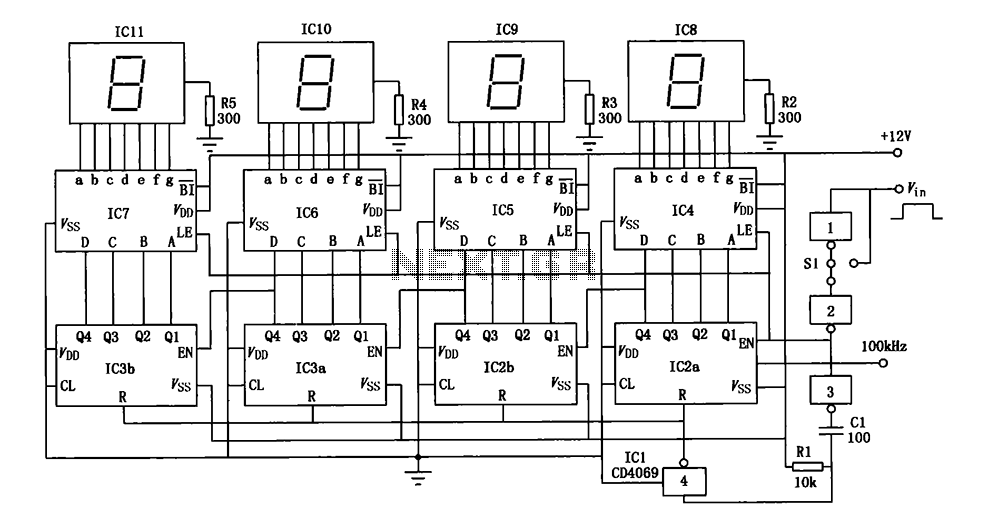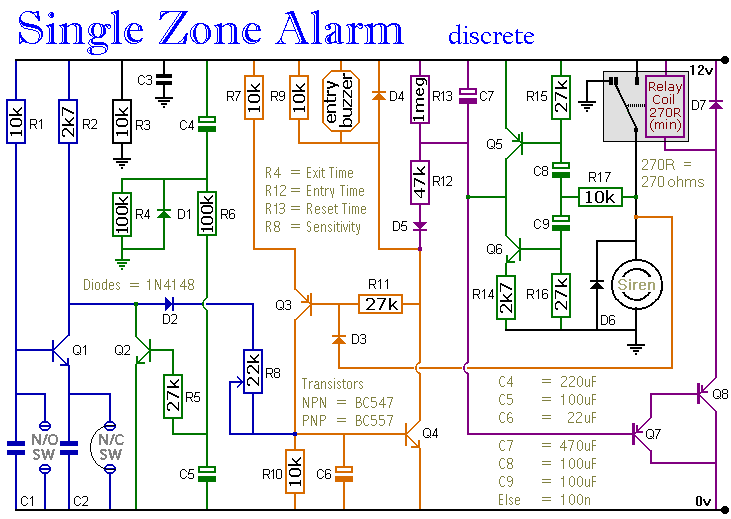
Full-wave rectifying circuit charging Adjustable
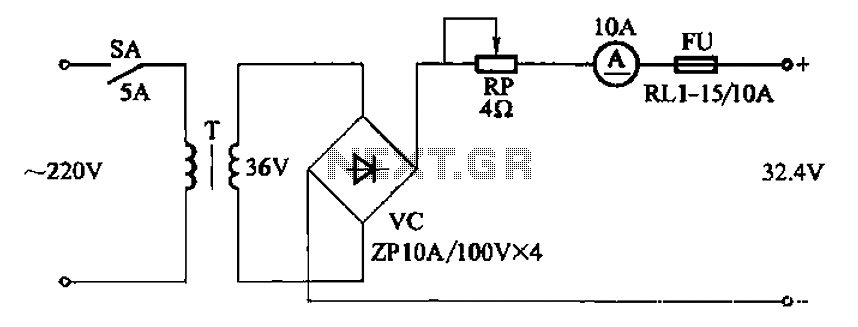
The adjustment potentiometer RP can modify the charging current.
The adjustment potentiometer, designated as RP, serves a critical role in regulating the charging current within an electronic circuit. This component is typically a variable resistor that allows for fine-tuning of the current flowing to a charging element, such as a battery or capacitor. By altering the resistance value, the user can effectively control the amount of current supplied, which is essential for optimizing the charging process and ensuring the longevity and efficiency of the energy storage device.
In practical applications, the potentiometer is connected in series or parallel with the charging circuit, depending on the desired configuration. When configured in series, adjusting the potentiometer increases or decreases the total resistance, thereby controlling the current according to Ohm's law (I = V/R). In a parallel configuration, the potentiometer can be used to create a voltage divider, allowing for precise voltage adjustments that indirectly influence the charging current.
It is important to select a potentiometer with appropriate power ratings and resistance range to ensure it can handle the maximum expected charging current without overheating or failing. Additionally, the physical placement of the potentiometer should allow for easy access for adjustments, as frequent tuning may be necessary based on varying operational conditions or battery state of charge.
Overall, the adjustment potentiometer RP is an essential component in charging circuits, providing flexibility and control over the charging current to optimize performance and reliability.Adjustment potentiometer RP, can change the charging current.
The adjustment potentiometer, designated as RP, serves a critical role in regulating the charging current within an electronic circuit. This component is typically a variable resistor that allows for fine-tuning of the current flowing to a charging element, such as a battery or capacitor. By altering the resistance value, the user can effectively control the amount of current supplied, which is essential for optimizing the charging process and ensuring the longevity and efficiency of the energy storage device.
In practical applications, the potentiometer is connected in series or parallel with the charging circuit, depending on the desired configuration. When configured in series, adjusting the potentiometer increases or decreases the total resistance, thereby controlling the current according to Ohm's law (I = V/R). In a parallel configuration, the potentiometer can be used to create a voltage divider, allowing for precise voltage adjustments that indirectly influence the charging current.
It is important to select a potentiometer with appropriate power ratings and resistance range to ensure it can handle the maximum expected charging current without overheating or failing. Additionally, the physical placement of the potentiometer should allow for easy access for adjustments, as frequent tuning may be necessary based on varying operational conditions or battery state of charge.
Overall, the adjustment potentiometer RP is an essential component in charging circuits, providing flexibility and control over the charging current to optimize performance and reliability.Adjustment potentiometer RP, can change the charging current.
